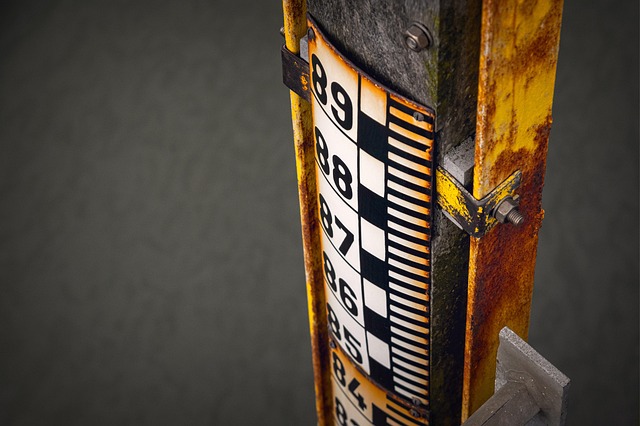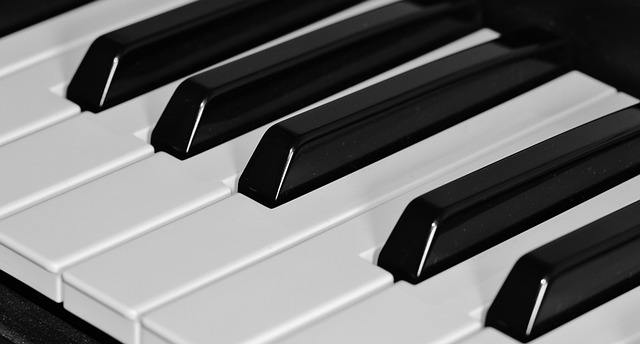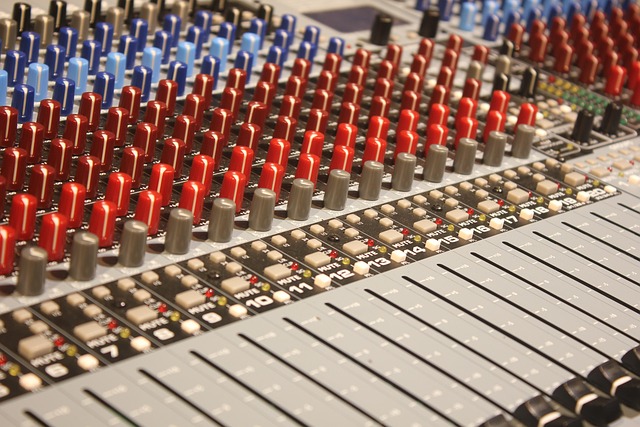Mastering Your Audio: A Guide to Noise Level Measurement in Recording
In the world of audio recording, achieving pristine sound quality is both an art and a science. Whether you’re a seasoned producer or an enthusiastic hobbyist, one factor can make or break your recordings: noise level measurement. It’s not just about capturing sound—it’s about controlling what’s unwanted, ensuring clarity, and ultimately, delivering a captivating auditory experience.
Understanding the Importance of Noise Level Measurement
Imagine setting up a perfect recording session, only to discover later that a subtle hum or background hiss has crept into your tracks. These distractions often stem from inconsistent or overlooked noise levels. By measuring noise accurately, you gain insight into your recording environment’s acoustic profile, identify problematic frequencies, and anticipate how your gear behaves.
Noise level measurement isn’t just a technical checkbox—it’s a foundational step to mastering your audio environment. When you can quantify the ambient noise, you can make informed decisions about microphone placement, equipment upgrades, and soundproofing strategies.
How to Effectively Measure Noise Levels
To get started, you’ll need a reliable sound level meter or a trusted digital audio workstation (DAW) plugin that measures decibels (dB). Many modern tools are user-friendly, offering visual graphs and real-time monitoring.
- Set a Baseline: Before recording, capture the ambient noise in your studio or space. Keep all equipment on to identify inherent noises.
- Analyze Peaks and Averages: Notice both the peak noise levels and the average background noise. Sudden spikes may indicate electrical interference or external disturbances.
- Test Different Conditions: Measure noise at different times of day and with various equipment configurations to understand fluctuations.
Practical Tips for Reducing Noise
Once you understand your noise landscape, you can take strategic steps to improve it:
- Optimize Microphone Placement: Positioning away from noise sources like computers, HVAC systems, or street noise can reduce unwelcome sounds.
- Invest in Acoustic Treatment: Use bass traps, foam panels, or even simple items like heavy curtains to dampen room reflections and outside noise.
- Check Your Equipment: Ensure cables, connectors, and gear are high-quality and well-maintained to prevent electrical noise.
- Use Noise Gates and Filters: Employ software tools during mixing to eliminate residual background noise without sacrificing audio integrity.
The Emotional Connection with Your Sound
Noise level measurement might sound clinical, but it deeply connects to the emotional impact of your recordings. Clean audio allows the listener to immerse fully, whether it’s a heartfelt vocal, a vibrant guitar riff, or a subtle ambient soundscape. Controlling noise means preserving the authenticity of the moment you captured.
Mastering noise levels is a journey of patience and precision, enhancing your confidence behind the microphone and in the studio. When you measure noise meticulously, you unlock the full potential of your creativity—and your audience will hear the difference.



